Rain blurs line between India and Pakistan, border disappears
Over 110km of border fencing damaged as rivers Ravi, Sutlej and Chenab overflow
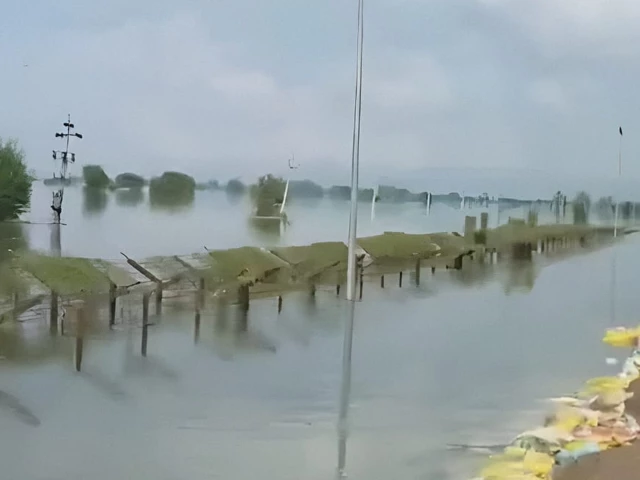
Torrential monsoon rains and subsequent flooding have inflicted serious damage on India’s border fence along the Pakistan frontier, officials and local residents on both sides report.
Initial assessments suggest that approximately 110 kilometres of the fence have been affected, with nearly 90 Border Security Force (BSF) posts submerged. Once visible as a continuous line of light from the air at night, the lighting along the fence has gone dark in numerous stretches due to damage or submersion.
According to local resident Gurwinder Singh, citing Indian authorities, the flooding resulted from the sudden release of water from the Thien Dam, along with surges from the Tawi River. “Of the affected sections, 80 kilometres lie in the Punjab sector and another 30 in parts of Jammu,” he said.
Read More: Imminent flood threat eases as water levels stabilise, says PDMA
Senior journalist Surinder Khochar reported that 111 villages in Ferozepur and 77 in Fazilka district have been submerged, affecting over 60,000 people. Border-adjacent villages such as Mehdi Pur and Mianwali in Tarn Taran’s Khem Karan area, as well as the last settlements in Fazilka, are among the worst hit. Rising levels of the Ravi, Sutlej, and Chenab rivers have left portions of the fence under 2 to 3 feet of water.
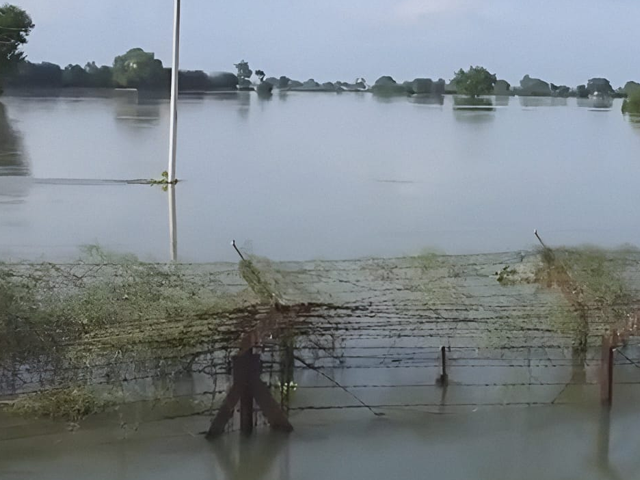
A broken section of the India-Pakistan border fence lies submerged under floodwaters. Photo by Author
Local farmer Amrinder Singh of Fazilka described the devastation: “Many of our villages near the border are completely under water. Our crops have been destroyed.”
Meanwhile in Pakistan, villagers from Sialkot confirmed damage to the fence on their side. Farmer Muhammad Aslam said the structure near his fields was broken in several places. “We saw Indian farmers trying to secure the fence against floodwaters,” he added. Another villager, Haji Ibrahim, accused the Indian government of intentionally releasing water to inflict cross-border devastation and symbolically “wash away the line of division.”
Also Read: UK pledges additional Rs454m to enhance Sindh flood preparedness
In Kasur district, flooding of the Sutlej River has submerged the Ganda Singh and Hussainiwala border points, forcing the indefinite suspension of the iconic flag-lowering ceremony.
Security sources in Pakistan confirmed that some Ranger posts in Punjab have also been affected, although no formal statement has been issued so far.
Indian officials have indicated that repair work will commence once water levels return to normal. Meanwhile, the BSF has ramped up surveillance and border monitoring by deploying drones, boat patrols, and electronic surveillance systems.
Floods claim 884 lives, millions displaced
Floodwaters continued to batter Pakistan, pushing the death toll to 884 and triggering urgent warnings of further devastation in Punjab and Sindh.
The National Disaster Management Authority (NDMA) said in its latest daily situation report that one additional fatality was recorded in Swabi, Khyber-Pakhtunkhwa (K-P), while four people were injured in Lahore and Sheikhupura during the past 24 hours.
Since June 26, Punjab has registered 223 deaths and 653 injuries; K-P remains the hardest-hit province with 489 fatalities and 359 injuries. Meanwhile, Sindh reported 58 deaths, Gilgit‑Baltistan 41, Azad Jammu and Kashmir 38, Balochistan 26, and Islamabad nine.
The floods have damaged more than 9,200 houses nationwide—about 4,700 in K‑P and over 2,100 in Azad Kashmir—while nearly 6,200 livestock have been lost. Infrastructure has also suffered severely: at least 239 bridges and 671 kilometres of roads have been washed away or badly damaged.
Rescue operations remain intensive. In the last 24 hours alone, authorities conducted 989 operations in Punjab, rescuing nearly one million people, while 61 operations in Sindh evacuated 28,940 individuals. Nationwide, more than 2.1 million people have been rescued since the floods began.
Punjab rivers overflow, embankments collapse
New flood warnings were issued as the Sutlej and Chenab rivers breached their embankments, inundating vast swathes of Punjab. In Ganda Singh Wala, Kasur, over 319,000 cusecs of floodwater submerged more than 100 villages and nearly 18,000 acres of farmland. Breaches in protective embankments in Lodhran and Vehari left entire settlements under water.
The Ravi and Chenab caused havoc elsewhere, too. In Kabirwala, homes were inundated after makeshift levees collapsed. In Multan, the Ravi reached the railway bridge. In Shujaabad, dozens of villages were submerged, and canal breaches near Sidhnai and Rango displaced thousands.
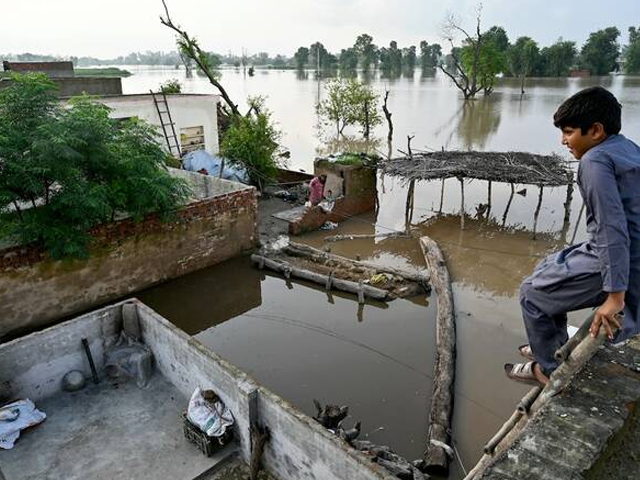
A flood-affected villager looks at the overflowing river Sutlej, as he sits over the rooftop of his house in Kasur district, Punjab province on September 3, 2025. Photo: AFP
Gujrat city suffered urban flooding when 577 millimetres of rain in 24 hours submerged streets, government offices, and shops under up to four feet of water. Mosques broadcast repeated announcements urging residents to move to safer ground.
Meanwhile, India opened spillways at the Baglihar and Salal dams on the Chenab due to heavy upstream rainfall. Through diplomatic channels, New Delhi also alerted Pakistan to impending releases from the Harike and Ferozepur headworks on the Sutlej. Pakistan’s Ministry of Water Resources responded by issuing a formal flood alert.
Relief Commissioner Nabeel Javed reported that more than 3.8 million people have been affected across Punjab, with 1.8 million already evacuated. At least 46 flood-related deaths have been confirmed in the province. The Provincial Disaster Management Authority noted that approximately 4,000 villages remain submerged, 1.5 million residents have been rescued, and over one million livestock relocated.
Agricultural sector in crisis
Real damage lies in agriculture, where over 1.3 million acres of crops have been destroyed. Faisalabad, Gujranwala, and Gujrat divisions were the hardest-hit. Officials warn that this could have lasting consequences on Punjab’s farming economy.
Flood Forecasting Division officials confirmed extremely high water levels at Ganda Singh Wala on the Sutlej, Khanewal and Qadirabad on the Chenab, and Sidhnai on the Ravi. PDMA director-general Irfan Ali Kathia cautioned that the next 24 hours are critical, particularly for Multan, where converging floodwaters from the Ravi and Chenab threaten nearby districts.
Military and rescue teams remain deployed in affected areas. While relief camps accommodate thousands, displaced families lament heavy losses. “We have lost everything — our crops, our cattle, our homes,” said a villager in Hafizabad, where floodwaters also destroyed fish farms valued in the millions.


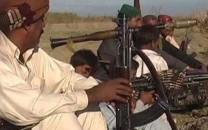
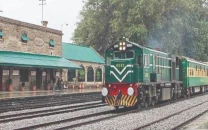

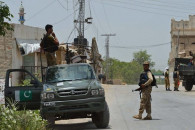
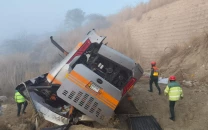





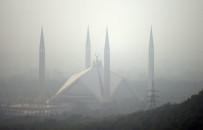






COMMENTS (1)
Comments are moderated and generally will be posted if they are on-topic and not abusive.
For more information, please see our Comments FAQ